-
 Bitcoin
Bitcoin $118300
-0.58% -
 Ethereum
Ethereum $3825
0.11% -
 XRP
XRP $3.137
-0.71% -
 Tether USDt
Tether USDt $0.9999
-0.01% -
 BNB
BNB $803.9
-3.37% -
 Solana
Solana $181.5
-1.94% -
 USDC
USDC $0.9999
0.01% -
 Dogecoin
Dogecoin $0.2238
-2.51% -
 TRON
TRON $0.3358
2.12% -
 Cardano
Cardano $0.7844
-2.16% -
 Hyperliquid
Hyperliquid $43.31
-1.48% -
 Sui
Sui $3.807
-4.04% -
 Stellar
Stellar $0.4203
-1.96% -
 Chainlink
Chainlink $17.79
-3.00% -
 Bitcoin Cash
Bitcoin Cash $567.8
-1.34% -
 Hedera
Hedera $0.2614
-4.30% -
 Avalanche
Avalanche $24.19
-4.46% -
 Litecoin
Litecoin $109.2
-0.74% -
 UNUS SED LEO
UNUS SED LEO $8.969
-0.01% -
 Toncoin
Toncoin $3.404
3.97% -
 Ethena USDe
Ethena USDe $1.001
-0.01% -
 Shiba Inu
Shiba Inu $0.00001307
-3.19% -
 Uniswap
Uniswap $10.33
-1.23% -
 Polkadot
Polkadot $3.884
-4.06% -
 Monero
Monero $312.9
-1.87% -
 Dai
Dai $1.000
0.01% -
 Bitget Token
Bitget Token $4.537
-2.24% -
 Pepe
Pepe $0.00001156
-3.40% -
 Cronos
Cronos $0.1437
-0.89% -
 Aave
Aave $282.8
-2.77%
How does the DeFi protocol work? DeFi protocol use cases
DeFi protocols enable decentralized financial activities like lending, borrowing, and trading through smart contracts, offering transparency and user control without intermediaries.
Jun 15, 2025 at 03:36 am
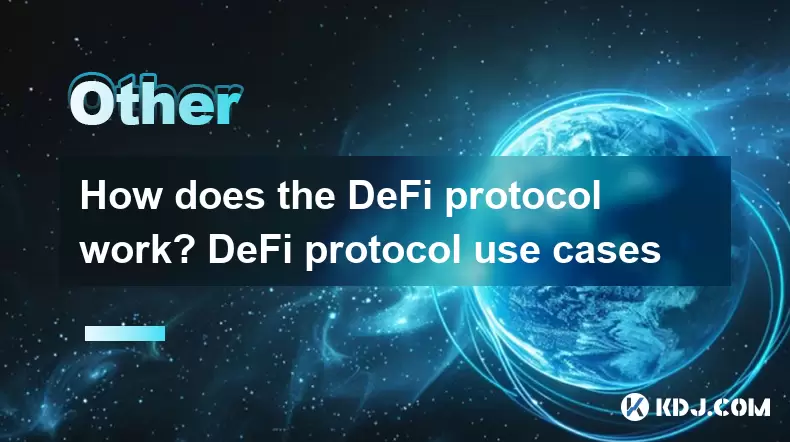
Understanding the Core Mechanisms of DeFi Protocols
Decentralized Finance, or DeFi, is a rapidly evolving segment of the cryptocurrency ecosystem that aims to recreate traditional financial systems in a decentralized manner. At the heart of this movement are DeFi protocols, which function as open-source, permissionless platforms built on blockchain networks—primarily Ethereum. These protocols allow users to engage in financial activities such as lending, borrowing, trading, and yield farming without relying on intermediaries like banks.
The foundation of DeFi protocols lies in smart contracts—self-executing agreements with the terms directly written into code. These smart contracts govern all operations within a protocol, from asset transfers to interest rate calculations. Unlike centralized finance (CeFi), where trust in institutions is paramount, DeFi protocols operate transparently, allowing anyone to inspect their code and verify transactions on the blockchain.
Key Components of DeFi Protocol Architecture
To understand how DeFi protocols work, it’s essential to explore their underlying components. One critical element is liquidity pools, which replace traditional order books in decentralized exchanges (DEXs). Users provide funds to these pools and earn fees in return. This process, known as liquidity provision, enables seamless token swaps without the need for centralized market makers.
Another integral part is the governance system. Many DeFi protocols issue governance tokens that grant holders the right to vote on changes, upgrades, or parameter adjustments within the platform. This ensures that the community has control over the direction of the protocol, reinforcing its decentralized nature.
Smart contract execution is also crucial. Every action within a DeFi protocol—whether it's borrowing assets, repaying loans, or claiming rewards—is executed through pre-defined smart contracts. These contracts automatically enforce rules, eliminating the need for manual oversight and reducing counterparty risk.
Lending and Borrowing in DeFi Protocols
One of the most popular use cases of DeFi protocols is decentralized lending and borrowing. Platforms like Aave and Compound enable users to supply assets to liquidity pools and earn interest. Conversely, borrowers can take out loans by providing collateral, typically in the form of crypto assets.
For example, if a user wants to borrow DAI, they must first deposit ETH or another supported asset as collateral. The DeFi protocol then locks this collateral in a smart contract until the loan is repaid. If the value of the collateral drops below a certain threshold, the position may be liquidated to protect lenders.
Interest rates in these systems are algorithmically determined based on supply and demand dynamics. When more users want to borrow an asset, the interest rate increases, incentivizing others to lend. This dynamic pricing mechanism ensures efficient capital allocation across the network.
Decentralized Exchanges and Automated Market Makers
Decentralized exchanges (DEXs) are among the most widely used applications powered by DeFi protocols. Unlike centralized exchanges, DEXs do not require users to relinquish custody of their funds. Instead, trades are executed directly between users via smart contracts.
Automated Market Makers (AMMs) are the core innovation behind many DEXs. They rely on mathematical formulas to price assets rather than traditional order books. For instance, Uniswap uses the x * y = k formula to determine exchange rates. Liquidity providers contribute equal values of two tokens to a pool, and traders pay a small fee for each swap, which is distributed to the liquidity providers.
Using a DEX involves connecting a wallet like MetaMask, selecting the desired token pair, and approving the transaction. Once confirmed, the trade executes instantly without requiring an intermediary. This peer-to-peer model enhances privacy, security, and user autonomy.
Yield Farming and Staking in DeFi Protocols
Yield farming is another prominent use case enabled by DeFi protocols, offering users the opportunity to maximize returns on their crypto holdings. It typically involves supplying liquidity to a DeFi platform and earning additional tokens as rewards. These rewards often come in the form of governance tokens or other incentives issued by the protocol.
Staking, while similar, refers to locking up assets to support network operations—such as validating transactions or securing a proof-of-stake blockchain. In return, stakers receive staking rewards. Some DeFi protocols combine both mechanisms, allowing users to stake liquidity provider (LP) tokens earned from contributing to a pool.
However, yield farming carries risks, including impermanent loss—a temporary reduction in value when providing liquidity to volatile pairs. Users must carefully assess these risks before participating. Additionally, they should consider gas fees, reward volatility, and potential smart contract vulnerabilities before committing funds.
Frequently Asked Questions
Q: Are DeFi protocols safe to use?
A: While DeFi protocols offer transparency and decentralization, they are not immune to risks. Smart contract vulnerabilities, rug pulls, and market volatility can lead to losses. Users should conduct thorough research, review audit reports, and start with small amounts when interacting with new protocols.
Q: Can I lose money using DeFi protocols?
A: Yes, there are several ways users can incur losses. Impermanent loss, liquidation events, and exposure to volatile assets are common risks. Additionally, if a DeFi protocol gets hacked or exploited due to a coding flaw, deposited funds could be at risk.
Q: How do DeFi protocols generate revenue?
A: Most DeFi protocols generate income through transaction fees charged on activities like trading, lending, or borrowing. A portion of these fees is typically distributed to liquidity providers or stakers, while the remainder may fund development or governance initiatives.
Q: Do I need special tools to interact with DeFi protocols?
A: To use DeFi protocols, you’ll need a compatible wallet like MetaMask, Trust Wallet, or WalletConnect. You'll also need some native blockchain tokens (e.g., ETH for Ethereum-based protocols) to pay for transaction fees. Familiarity with blockchain basics and smart contract interactions is recommended before engaging with DeFi platforms.
Disclaimer:info@kdj.com
The information provided is not trading advice. kdj.com does not assume any responsibility for any investments made based on the information provided in this article. Cryptocurrencies are highly volatile and it is highly recommended that you invest with caution after thorough research!
If you believe that the content used on this website infringes your copyright, please contact us immediately (info@kdj.com) and we will delete it promptly.
- Dalio's Take: Balancing Bitcoin, Gold, and the Debt Doom Loop
- 2025-07-31 00:51:15
- Ethereum's Epic Rally: A Decade of Decentralization and a Celebration in NFTs
- 2025-07-31 01:11:05
- XRP Price, Altcoins, and the 50x Potential: What's the Buzz?
- 2025-07-31 01:15:14
- BlockchainFX ($BFX): Is This Altcoin the Best Crypto Presale of 2025?
- 2025-07-31 01:21:27
- PENGU Price Plunge? Binance Transfers and Token Transfer Trends
- 2025-07-30 23:10:15
- Navigating Crypto Investment: Bitcoin Mining and the Rise of Cloud Mining in the Big Apple
- 2025-07-30 22:31:15
Related knowledge
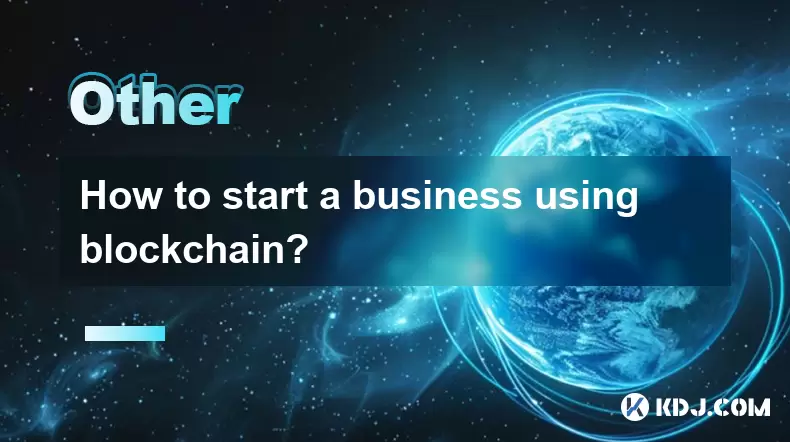
How to start a business using blockchain?
Jul 28,2025 at 12:36am
Understanding the Basics of Blockchain TechnologyBefore diving into the process of starting a business using blockchain, it's crucial to understand wh...
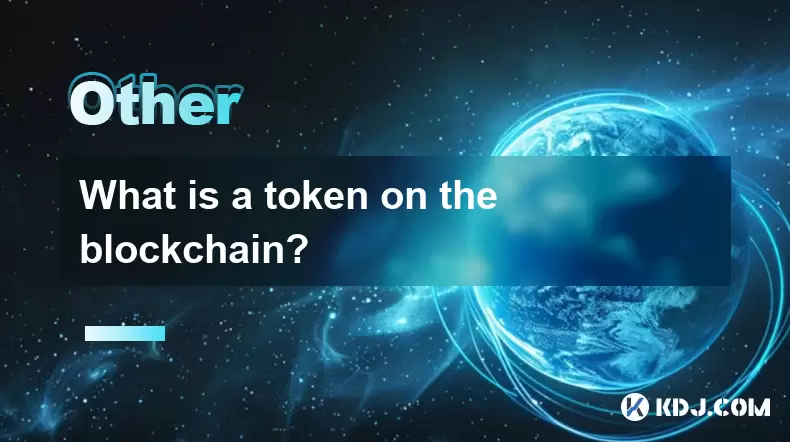
What is a token on the blockchain?
Jul 21,2025 at 07:00am
Understanding the Concept of a TokenIn the realm of blockchain technology, a token is a digital representation of an asset or utility that exists on a...
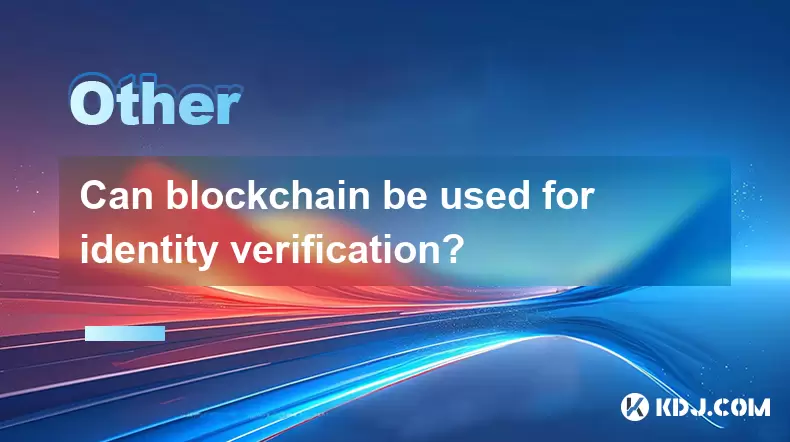
Can blockchain be used for identity verification?
Jul 18,2025 at 02:14pm
Understanding Identity Verification in the Digital AgeIn the modern digital landscape, identity verification has become a critical component for ensur...
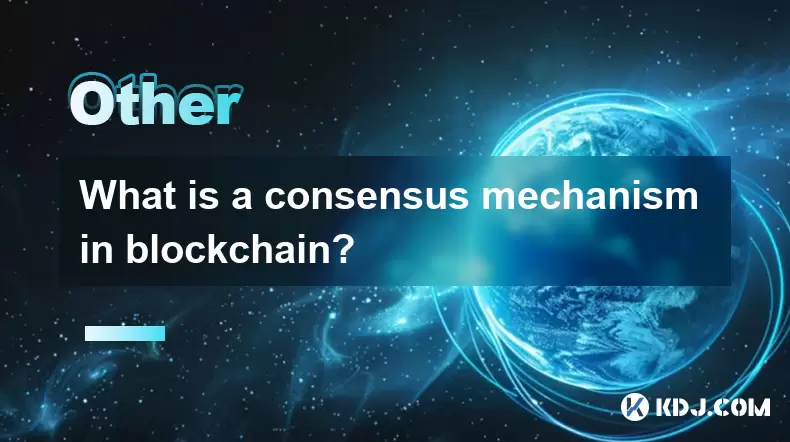
What is a consensus mechanism in blockchain?
Jul 21,2025 at 03:01am
Understanding the Basics of Consensus MechanismsA consensus mechanism is a critical component of any blockchain network. It refers to the process by w...
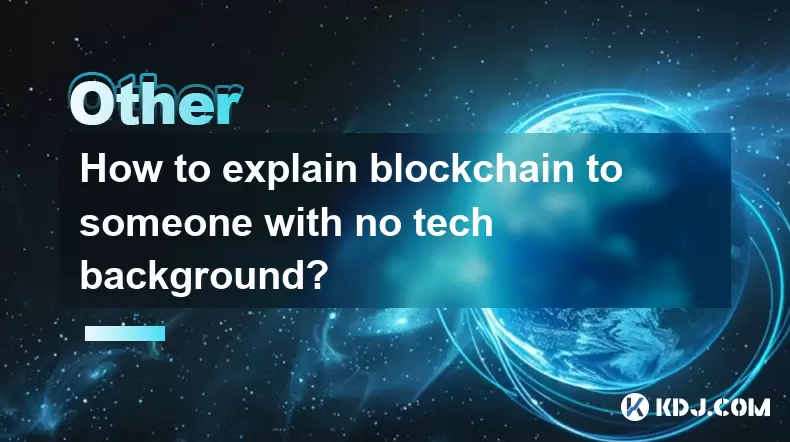
How to explain blockchain to someone with no tech background?
Jul 18,2025 at 11:08pm
Understanding the Basics of BlockchainTo explain blockchain to someone with no tech background, it's essential to start with simple analogies and avoi...
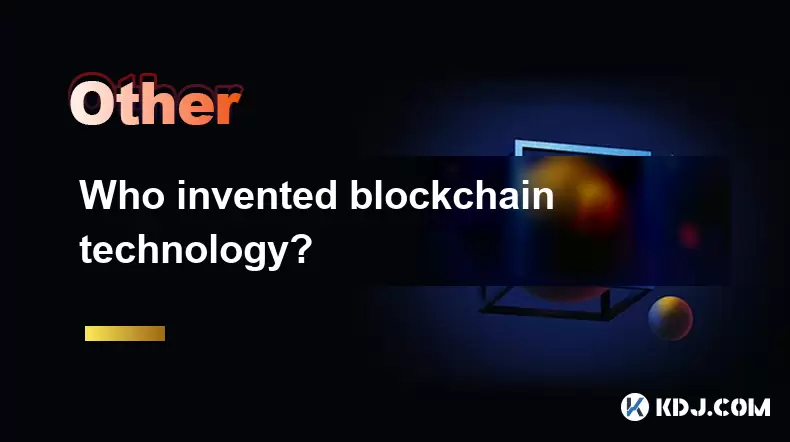
Who invented blockchain technology?
Jul 23,2025 at 01:28am
Origins of Blockchain TechnologyBlockchain technology did not emerge from a single inventor or institution. Instead, it evolved through a series of ac...

How to start a business using blockchain?
Jul 28,2025 at 12:36am
Understanding the Basics of Blockchain TechnologyBefore diving into the process of starting a business using blockchain, it's crucial to understand wh...

What is a token on the blockchain?
Jul 21,2025 at 07:00am
Understanding the Concept of a TokenIn the realm of blockchain technology, a token is a digital representation of an asset or utility that exists on a...

Can blockchain be used for identity verification?
Jul 18,2025 at 02:14pm
Understanding Identity Verification in the Digital AgeIn the modern digital landscape, identity verification has become a critical component for ensur...

What is a consensus mechanism in blockchain?
Jul 21,2025 at 03:01am
Understanding the Basics of Consensus MechanismsA consensus mechanism is a critical component of any blockchain network. It refers to the process by w...

How to explain blockchain to someone with no tech background?
Jul 18,2025 at 11:08pm
Understanding the Basics of BlockchainTo explain blockchain to someone with no tech background, it's essential to start with simple analogies and avoi...

Who invented blockchain technology?
Jul 23,2025 at 01:28am
Origins of Blockchain TechnologyBlockchain technology did not emerge from a single inventor or institution. Instead, it evolved through a series of ac...
See all articles

























































































